New Delhi: India Energy Week 2025 has officially commenced, bringing together global energy leaders, policymakers, and industry professionals to discuss the future of energy transitions and sustainability.
Prime Minister Narendra Modi, who virtually inaugurated the event, laid out India’s ambitious energy roadmap, emphasizing renewable energy, green hydrogen, biofuels, and expanding domestic manufacturing in the solar and battery sectors.
In his address, PM Modi announced that India aims to add 500 GW of renewable energy capacity by 2030. As of December 2024, India’s renewable energy capacity stood at 209.44 GW, marking a 15.84 per cent increase from the previous year. The total renewable capacity added in 2024 more than doubled to 28.64 GW compared to 13.05 GW added in 2023.
India’s Five Pillars for Energy Growth
PM Modi outlined five core pillars that will drive India’s energy transition:
- Resources: Expanding renewable energy and hydrocarbon exploration.
- Innovation: Encouraging Indian talent to develop cutting-edge energy solutions.
- Economic Strength: Leveraging India’s economic growth for energy investments.
- Political Stability: Providing a stable policy environment for energy sector expansion.
- Strategic Geography: Using India’s location to enhance global energy trade.
“All the experts around the world are saying today that the 21st century is India’s century. India is not just driving its own growth but also contributing to global progress, with the energy sector playing a major role,” said PM Modi.
Sharing my remarks at the @IndiaEnergyWeek. https://t.co/LR166lIqyF
— Narendra Modi (@narendramodi) February 11, 2025
Renewable and Green Energy Ambitions
PM Modi reaffirmed India’s commitment to becoming a renewable energy powerhouse. “By 2030, we are aiming for 500 GW energy capacity addition. Indian Railways has targeted Net Zero carbon emissions, and we aim to produce 5 million metric tonnes of green hydrogen annually,” he stated.
Highlighting India’s achievements, he noted that solar energy generation capacity has increased 32 times in the past decade, making India the third-largest solar power-generating nation globally. “Non-fossil fuel energy capacity has tripled, and India became the first G20 country to achieve the Paris Agreement targets,” he added.
Biofuel Expansion and Global Leadership
India is also advancing in biofuels, with 19 per cent ethanol blending already achieved. “This has helped save foreign exchange and boosted farmers’ income. By October 2025, we will achieve 20 per cent ethanol blending,” PM Modi stated.
India’s leadership in biofuels was reinforced by the establishment of the Global Biofuel Alliance during its G20 presidency. “This alliance is continuously expanding, with 28 nations and 12 international organizations already on board. Our biofuel industry has 500 million metric tonnes of sustainable feedstock available for growth,” he emphasized.
Natural Gas, Refining, and Hydrocarbon Exploration
PM Modi also outlined India’s efforts in hydrocarbon exploration and refining sector expansion. “India is the fourth-largest refining hub, and we are working to increase our refining capacity by 20 per cent. We have introduced the Open Acreage Licensing Policy (OALP) to make upstream investments more attractive,” he said.
Additionally, reforms in the Oil Fields (Regulation and Development) Act have improved financial terms and policy stability for stakeholders. “Due to marine sector reforms, oil and gas exploration and strategic petroleum reserve management have become more efficient,” he added.
Domestic Manufacturing and Energy Storage
Emphasizing local manufacturing, PM Modi highlighted the expansion of India’s solar photovoltaic (PV) module production. “In the last 10 years, India’s solar PV module manufacturing capacity has grown from just 2 GW to nearly 70 GW. We are supporting domestic manufacturing in batteries and storage solutions as well,” he noted.
To strengthen domestic supply chains, the government has introduced exemptions from basic customs duties on EV and mobile phone battery components. “The National Critical Mineral Mission will further boost supply chain security,” he said.
In a major announcement, PM Modi also stated that the government has opened the nuclear energy sector for private and international investments, providing a new avenue for energy expansion.
PM Suryaghar Yojana and Future of Clean Energy
PM Modi underscored the role of the PM Surya Ghar Yojana, which aims to create jobs and skill development opportunities in the solar sector. “The scope of this scheme is not limited to energy production; it is also about strengthening our service ecosystem in solar energy,” he said.
Reiterating India’s commitment to sustainable solutions, he concluded, “India is committed to providing energy solutions that will power our growth and create a cleaner future.”
India Energy Week 2025: A Global Platform
The India Energy Week 2025, a major global energy event, has attracted over 70,000 energy professionals, 700+ exhibiting companies, and representatives from 120+ countries. The event includes 6000+ conference delegates, 500+ speakers, and 95+ conference sessions, making it one of the most comprehensive energy industry gatherings worldwide.
With India’s bold energy targets and continued policy support, the country is set to play a pivotal role in the global energy transition, reinforcing its position as a leader in renewable energy, biofuels, and sustainable innovation.
Also read –
Economic Survey: Indian Railways Expands Network, Pushes for Green Energy & Passenger Amenities




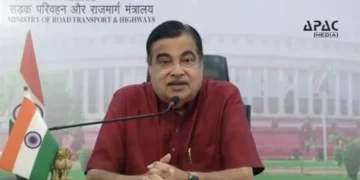
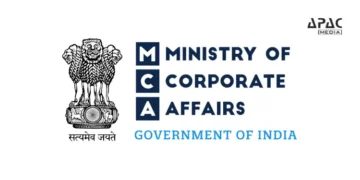



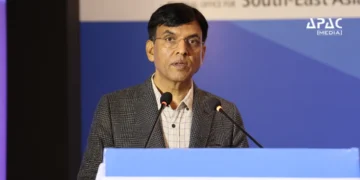

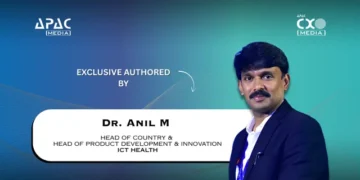



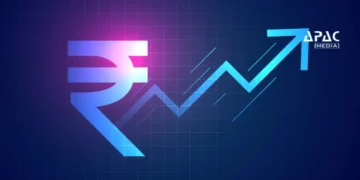






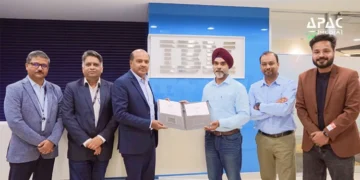
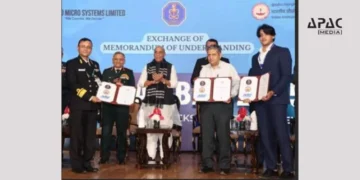

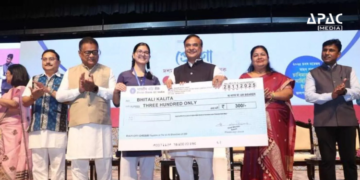


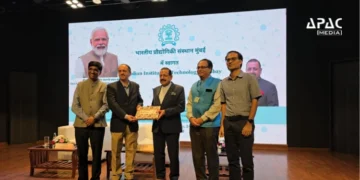
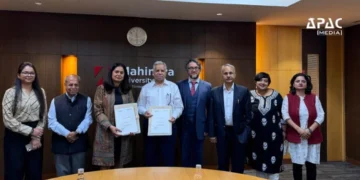

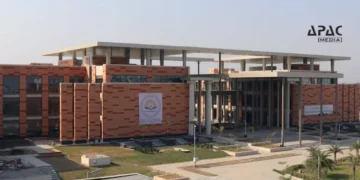

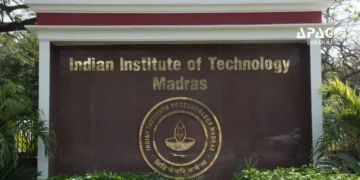



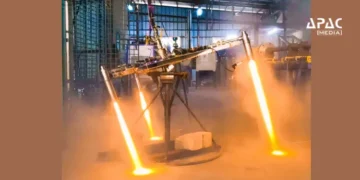

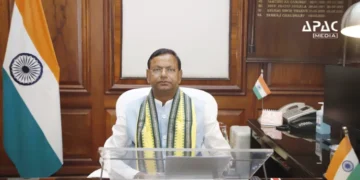





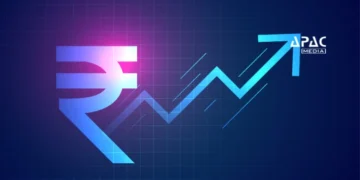






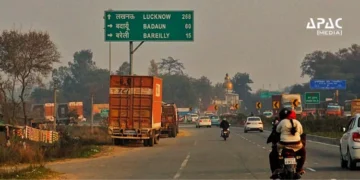







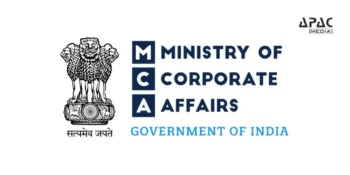








Discussion about this post